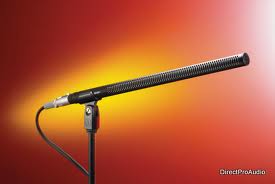This product has been out a while since my review, but people keep asking for this type of solution, so I thought it worth bringing it back to the surface. In my never-ending search for neat audio toys to talk about, Centrance’s diminutive MicPort Pro caused an instant smile. 24/96 audio from any mic level source you can put in your pocket; all for $150.
Product Capsule Centrance MicPort Pro
Product Capsule Centrance MicPort Pro
Mic level 24/96 USB Converter-Works with any XLR mic or mic level
-Phantom Power
-No latency-No power required
-Phantom Power
-No latency-No power required































